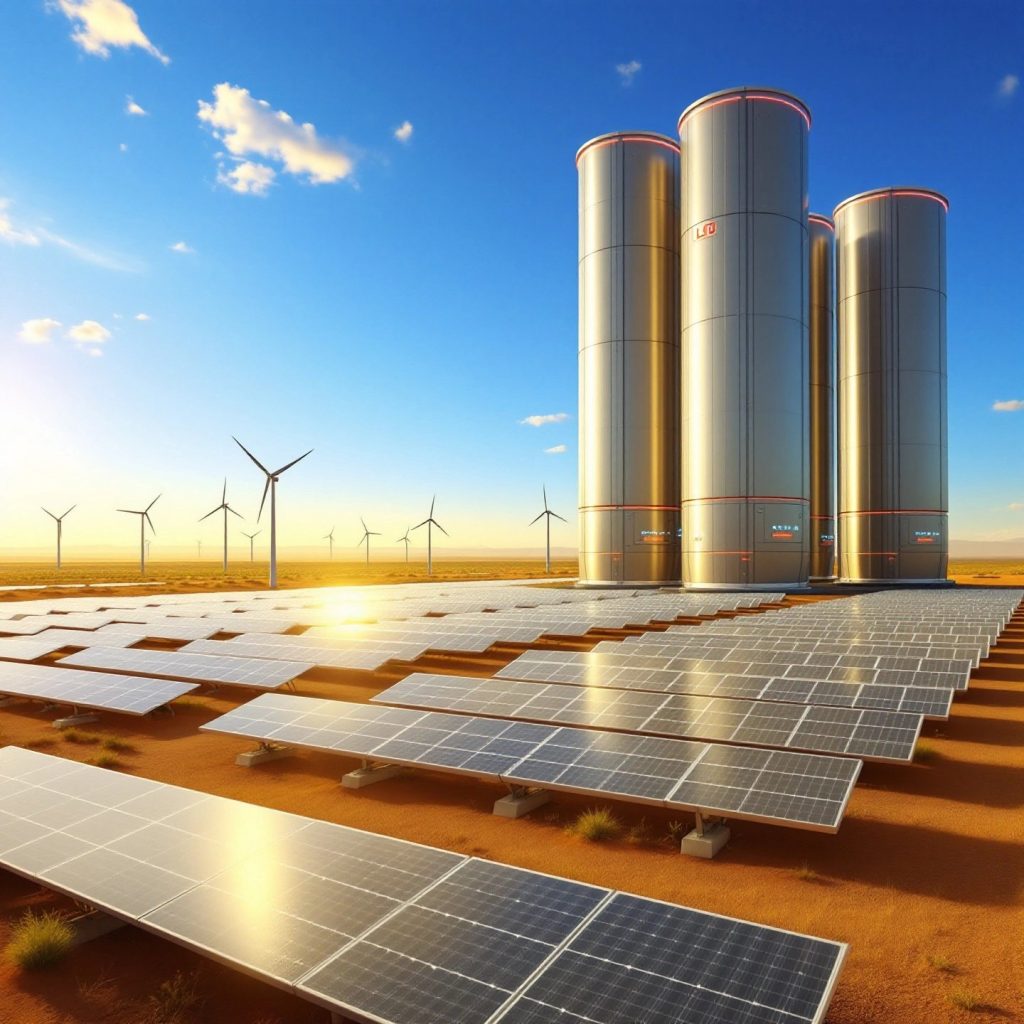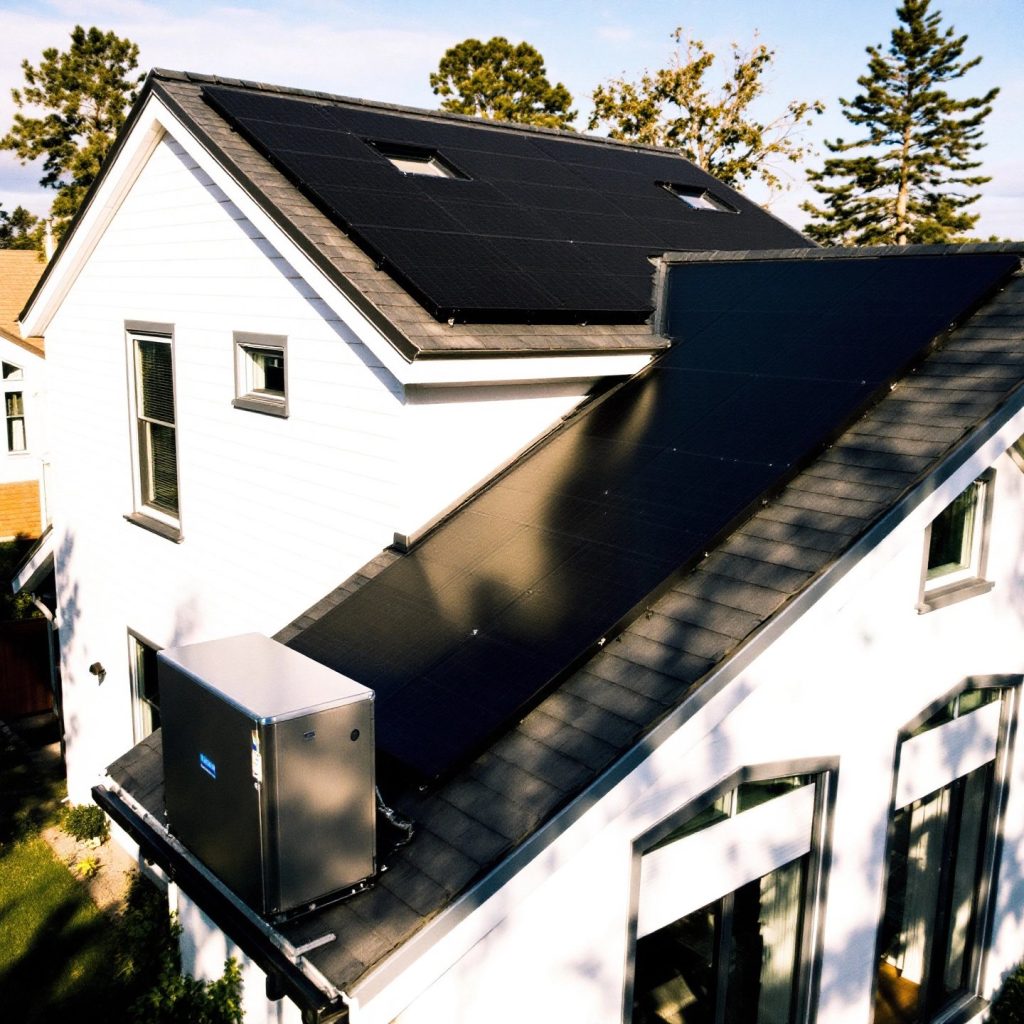Introduction to Magnetic Energy Storage
As the demand for efficient energy solutions rises, magnetic energy storage emerges as a promising technology, particularly in the realm of modern power systems. This innovative method leverages magnetic fields to store energy, providing a high-density and efficient means of energy retention. But what exactly is magnetic energy storage, and how does it work?
At its core, magnetic energy storage refers to the process of storing electrical energy in the form of a magnetic field. One of the most advanced forms of this technology is superconducting magnetic energy storage (SMES). This system utilizes superconducting materials, which exhibit zero electrical resistance when cooled below a critical temperature. This unique property allows SMES to store energy with minimal losses, making it an attractive option for stabilizing power grids and enhancing energy efficiency.
Superconducting technologies play a crucial role in the development of stable, loss-minimized energy storage systems. By using superconductors, energy can be stored indefinitely without decay, allowing for rapid discharge when needed. This characteristic is particularly beneficial in applications where quick energy delivery is essential, such as in semiconductor manufacturing or medical facilities where power surges can occur.
Furthermore, magnetic energy storage systems can be integrated into existing power infrastructures to improve overall efficiency. For instance, during periods of low energy demand, excess generated power can be stored in the magnetic field and released during peak demand times. This not only helps to balance supply and demand but also contributes to the overall stability of the energy grid.
In summary, the potential of magnetic energy storage, particularly through superconducting technologies, paves the way for a more efficient and sustainable energy future. As we delve deeper into this subject, we will explore the fundamental concepts, technologies, and applications that make this innovative storage solution a vital component of modern energy systems.
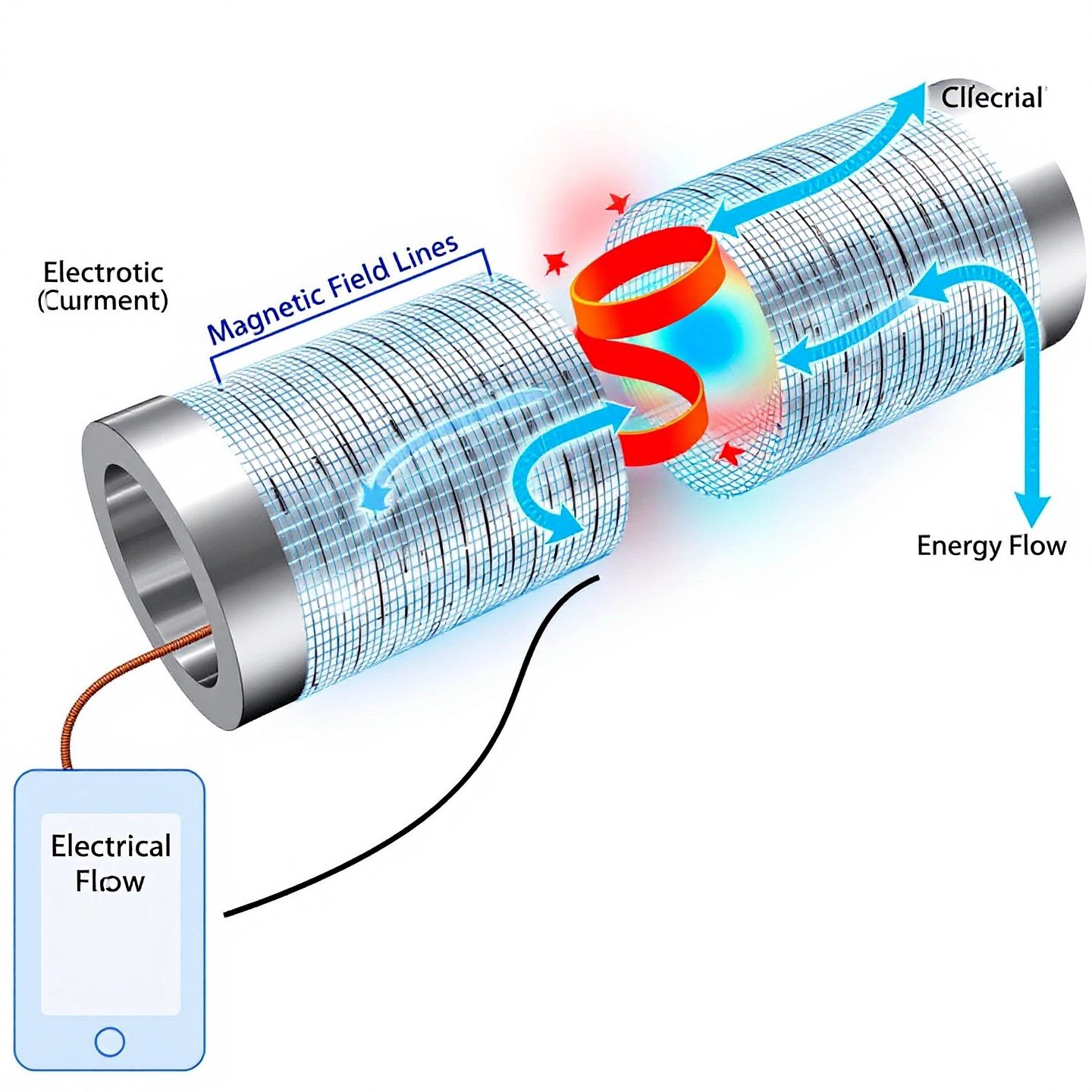
Understanding Magnetic Energy Storage Fundamentals
Have you ever wondered how energy can be stored without the usual inefficiencies of batteries? Enter superconducting magnetic energy storage (SMES), a cutting-edge technology that uses the principles of superconductivity and magnetic fields to store energy with remarkable efficiency.
At its essence, superconducting magnet energy storage involves the use of superconducting materials, which can carry electric current without any resistance when cooled below a certain temperature. This means that once energy is stored in the form of a magnetic field within these superconducting coils, it can remain there indefinitely without any loss. Imagine a perfectly efficient battery that never drains—this is what SMES systems offer.
So, how does this technology work? When an electric current flows through a superconducting coil, a magnetic field is generated around it. This magnetic field is what stores the energy. The process begins with converting alternating current (AC) from a power source into direct current (DC), which is necessary for the SMES system to function. The energy is then stored as long as the superconducting state is maintained, typically through cryogenic cooling techniques that keep the superconductors at extremely low temperatures.
One of the standout features of superconductive magnetic energy storage is its ability to handle rapid charge and discharge cycles. This makes SMES particularly valuable in applications where quick energy delivery is crucial, such as in stabilizing power grids or supporting renewable energy sources. For instance, when there’s an excess of energy generation, such as during high wind or solar output, SMES can absorb this energy and release it during periods of high demand, effectively balancing the load on the grid.
Moreover, the efficiency of SMES systems can reach up to 95% or more, significantly outperforming traditional energy storage methods like batteries or pumped hydroelectric systems. This efficiency is crucial as it minimizes energy waste, making superconductive magnetic energy storage a key player in future energy solutions.
In summary, understanding the fundamentals of superconducting magnetic energy storage reveals its potential as a revolutionary technology in energy management. As we explore further into the specific technologies and applications of SMES, we will see how this innovative approach contributes to a sustainable energy future.
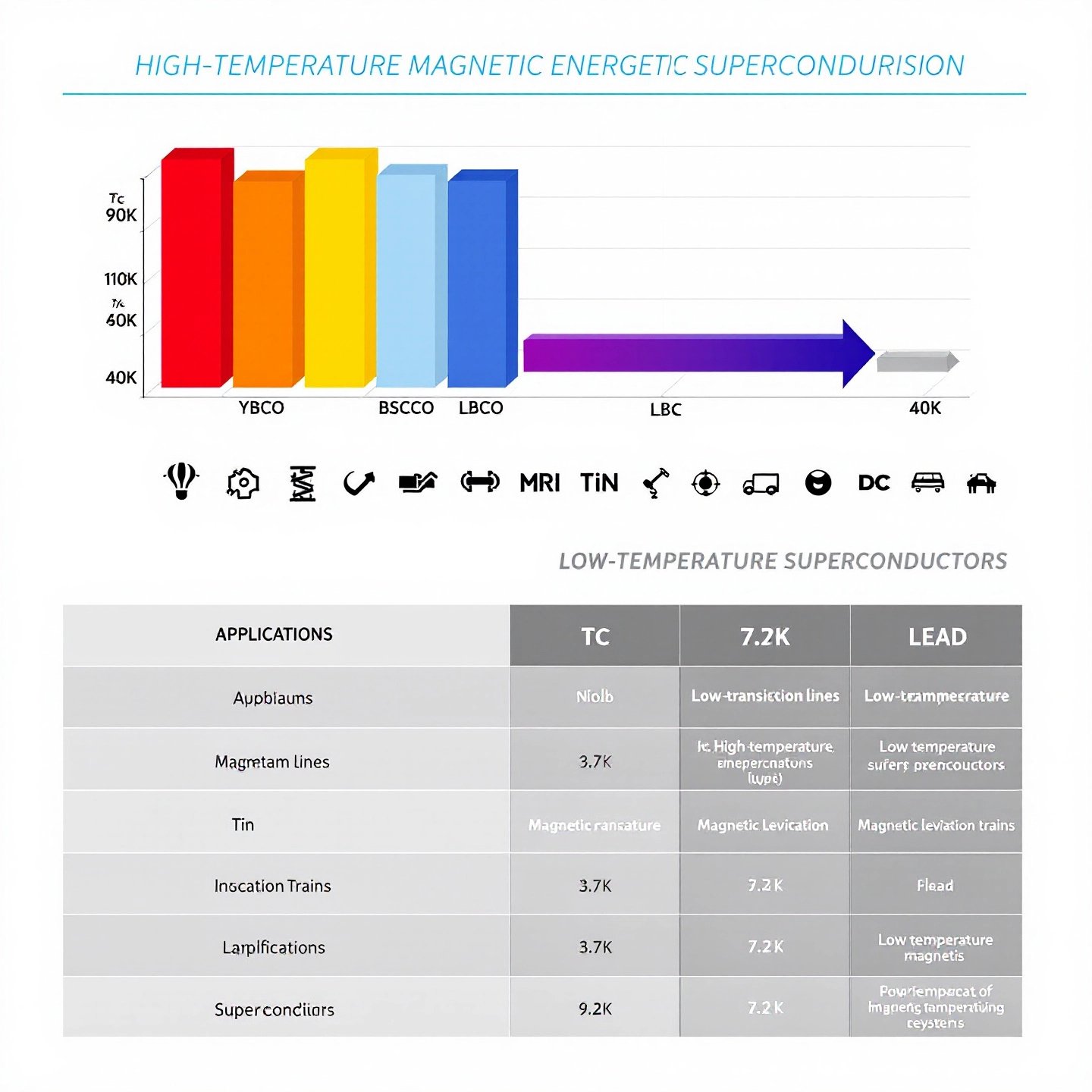
Key Technologies Behind SMES
As we delve deeper into superconducting magnetic energy storage (SMES), it becomes essential to understand the key technologies that enable this innovative energy storage solution. One of the most significant advancements in this field is the development of superconductors—materials that exhibit zero electrical resistance when cooled to very low temperatures.
There are two main types of superconductors used in SMES systems: high-temperature superconductors (HTS) and low-temperature superconductors (LTS). HTS materials, such as Yttrium Barium Copper Oxide (YBCO), can operate at temperatures around 90 K, while LTS materials, like Niobium-Titanium (NbTi), require cooling to near absolute zero. The choice between these materials often hinges on their cost, performance, and the specific application needs of the SMES system.
One of the pivotal roles of these superconductors is to minimize resistive losses, which can significantly impact the efficiency of energy storage. Supercooled conductors allow for the storage of energy in magnetic fields with minimal energy dissipation. This efficiency is crucial, especially in applications where rapid charge and discharge cycles are necessary, such as in grid stabilization or renewable energy integration.
Moreover, the design and material innovations in SMES technology have led to the creation of advanced superconducting cables. These cables are often constructed with multiple layers, including a superconducting core surrounded by insulation and a vacuum layer to maintain the necessary low temperatures. This layered structure not only enhances performance but also improves the overall energy density of the storage system.
To illustrate, consider the AmpaCity project in Essen, Germany, which successfully implemented a superconducting cable system that transports electricity with minimal losses. Such projects exemplify how advancements in superconducting materials and designs can lead to more efficient energy transport and storage solutions.
In conclusion, the technologies behind SMES are continually evolving, with innovations in superconducting materials playing a critical role in enhancing the efficiency and viability of magnetic energy storage systems. As we explore the essential system designs in the next section, we will see how these technologies are integrated into practical applications.

Exploring Essential System Designs
Have you ever wondered what components make up a superconducting magnetic energy storage system (SMES)? Understanding the layout and essential components of these systems is crucial for grasping how they function effectively within modern energy infrastructures.
A typical SMES system consists of several key components: the superconducting coil, power conditioning system (PCS), and the cooling infrastructure. The superconducting coil is where energy is stored in the form of a magnetic field. This coil is made from superconducting materials that allow electric current to flow without resistance, enabling efficient energy retention.
Next, the power conditioning system acts as the interface between the SMES and the electricity grid. It converts alternating current (AC) from the grid into direct current (DC) for the superconducting coil during the charging phase, and vice versa during discharging. This PCS is critical as it ensures that the energy stored can be efficiently released back into the grid when needed.
Cooling infrastructure is another essential aspect of SMES systems. Superconductors must be maintained at very low temperatures to retain their superconducting properties. This is typically achieved using cryogenic cooling systems that often employ liquid nitrogen or helium. The cooling system must be robust and reliable, as any fluctuation in temperature can lead to a loss of superconductivity and, consequently, energy losses.
In terms of implementation strategies, several factors must be considered. First, site selection is crucial; SMES systems require significant space for their coils and cooling systems. Additionally, integration with existing power systems is vital for maximizing efficiency. This might involve retrofitting existing infrastructure or designing new grids that can accommodate the rapid charge and discharge capabilities of SMES.
Moreover, the scalability of these systems can be tailored to meet specific energy demands. Smaller installations can serve localized energy needs, while larger systems can stabilize entire grids by compensating for fluctuations in energy supply and demand. For instance, during periods of high renewable energy generation, excess energy can be stored in the SMES system and released during peak demand times.
In conclusion, the design and implementation of superconducting magnetic energy storage systems involve a careful balance of advanced technology, infrastructure, and strategic planning. As we transition to the next chapter, we will delve into the working principles and technical insights that make SMES an innovative solution for energy storage.
Working Principles and Technical Insights
Have you ever wondered how a superconducting magnetic energy storage (SMES) system can maintain energy without the usual losses associated with traditional storage methods? Let’s break down the working principle of SMES and explore how it achieves remarkable efficiency.
The core of a SMES system involves a superconducting coil, which is designed to store energy in the form of a magnetic field. When an electric current flows through this coil, it generates a magnetic field around itself. The key advantage of using superconductors is their ability to carry this current without any electrical resistance when cooled below a critical temperature. This means that once energy is stored in the magnetic field, it can remain there indefinitely without loss, effectively creating a nearly perfect energy reservoir.
To initiate the energy storage process, alternating current (AC) from the power grid is converted into direct current (DC) using a power conditioning system. This DC is then fed into the superconducting coil, where it creates a magnetic field. The energy is stored as long as the superconducting state is maintained, typically through advanced cryogenic cooling techniques that keep the superconductors at extremely low temperatures, often using liquid nitrogen or helium.
Thermal management is crucial in this process. The cooling systems must be efficient and reliable to ensure that the superconductors remain below their critical temperature. Any fluctuation in temperature could lead to the loss of superconductivity, resulting in energy dissipation and reduced efficiency. Thus, robust insulation and vacuum systems are often employed to minimize heat transfer and maintain optimal operating conditions.
In addition to thermal management, magnetic field containment is another essential aspect of SMES systems. The strong magnetic fields generated by the superconducting coils create significant Lorentz forces, which can exert pressure on the coil structure. Therefore, the design must account for these forces to prevent structural failure. Engineers often use advanced materials and structural designs to ensure that the coils can withstand these forces while maintaining their efficiency.
In summary, the working principle of superconducting magnetic energy storage revolves around the use of superconducting coils that store energy in a magnetic field without resistive losses. By maintaining optimal thermal and magnetic conditions, SMES systems can deliver high efficiency and rapid energy discharge, making them a vital component in modern energy management strategies. As we move forward, we will explore the advantages and disadvantages of these superconducting solutions in the next chapter.
Advantages and Disadvantages of Superconducting Solutions
When considering superconducting magnetic energy storage (SMES), it’s essential to weigh both its advantages and disadvantages. This technology offers a range of benefits, particularly in terms of efficiency and sustainability, but it also presents challenges that must be addressed.
Advantages of SMES
- High Efficiency: SMES systems can achieve efficiency rates of over 95%, significantly outperforming traditional energy storage methods such as batteries. This high efficiency is due to the lack of resistive losses in superconducting materials, allowing energy to be stored and retrieved with minimal waste.
- Rapid Response: One of the standout features of SMES is its ability to deliver energy almost instantaneously. This makes it particularly valuable for stabilizing power grids and supporting renewable energy sources, where fluctuations in supply can occur.
- Long Lifespan: Because they do not undergo chemical reactions like batteries, SMES systems can last significantly longer, often exceeding 20 years with proper maintenance. This longevity reduces the need for frequent replacements, contributing to lower lifecycle costs.
- Environmental Sustainability: SMES systems align well with sustainability goals. By enabling the efficient integration of renewable energy sources, they help reduce reliance on fossil fuels and lower greenhouse gas emissions.
Disadvantages of SMES
- High Initial Costs: The cost of superconducting materials and the necessary cryogenic cooling systems can be substantial. While operational costs may be low, the initial investment required for SMES installations can deter potential adopters.
- Complex Infrastructure: Implementing SMES systems requires sophisticated infrastructure, including robust cooling and power conditioning systems. This complexity can lead to higher maintenance requirements and operational challenges.
- Temperature Sensitivity: Superconductors must be maintained at very low temperatures to function effectively. Any fluctuations can lead to energy loss, necessitating reliable and efficient cooling systems, which can increase operational complexity.
In conclusion, while superconducting magnetic energy storage offers impressive advantages, particularly in efficiency and sustainability, its high initial costs and complexity cannot be overlooked. As the energy landscape evolves, addressing these challenges will be crucial for the broader adoption of SMES technology. In the next chapter, we will explore innovative flywheel and levitation concepts that complement SMES systems, providing additional energy storage solutions.
Innovative Flywheel and Levitation Concepts
Have you ever considered how energy can be stored in a way that combines efficiency with rapid delivery? Enter magnetic flywheel energy storage systems, which utilize kinetic energy to store and release power effectively. These systems represent a significant advancement in energy storage technology, offering unique advantages that complement other solutions like superconducting magnetic energy storage (SMES).
A flywheel energy storage system (FESS) operates by storing energy in the form of kinetic energy within a rotating mass. As the flywheel spins, it retains energy, which can be converted back into electrical energy when needed. This process is highly efficient, with energy losses being significantly lower compared to traditional battery systems. In fact, FESS can achieve efficiency levels between 80% and 90%, making them an attractive option for various applications, including grid stabilization and renewable energy integration.
One of the most innovative concepts in flywheel technology is the use of magnetic levitation. By utilizing magnetic bearings, these systems minimize friction, allowing the flywheel to spin for extended periods without significant energy loss. This levitation technology not only enhances the efficiency of energy storage but also extends the lifespan of the system, as it reduces wear and tear on mechanical components. For example, a magnetically-levitated flywheel can spin at high speeds—up to 100,000 RPM—while maintaining a stable operation, which is crucial for rapid energy discharge.
These flywheel systems can serve as a valuable complement to SMES. While SMES excels in high-efficiency energy storage and rapid discharge capabilities, flywheels provide a different approach by harnessing kinetic energy. This synergy allows for a more robust energy management strategy, particularly in applications requiring quick bursts of power, such as frequency regulation in power grids or providing backup power during outages.
The market for magnetic flywheel energy storage systems is growing, driven by the increasing demand for reliable energy solutions. Companies are investing in advanced flywheel technologies that leverage magnetic levitation to improve performance and reduce operational costs. For instance, projects like the one in Okinawa, Japan, demonstrate how flywheel systems can effectively balance energy supply and demand in renewable energy applications, smoothing out the fluctuations associated with wind and solar power.
In summary, magnetic flywheel energy storage systems represent a dynamic and innovative approach to energy storage, providing kinetic-based solutions that complement superconducting technologies like SMES. As we continue to explore the evolving landscape of energy storage, the integration of these systems will be critical in achieving a more sustainable and efficient energy future.
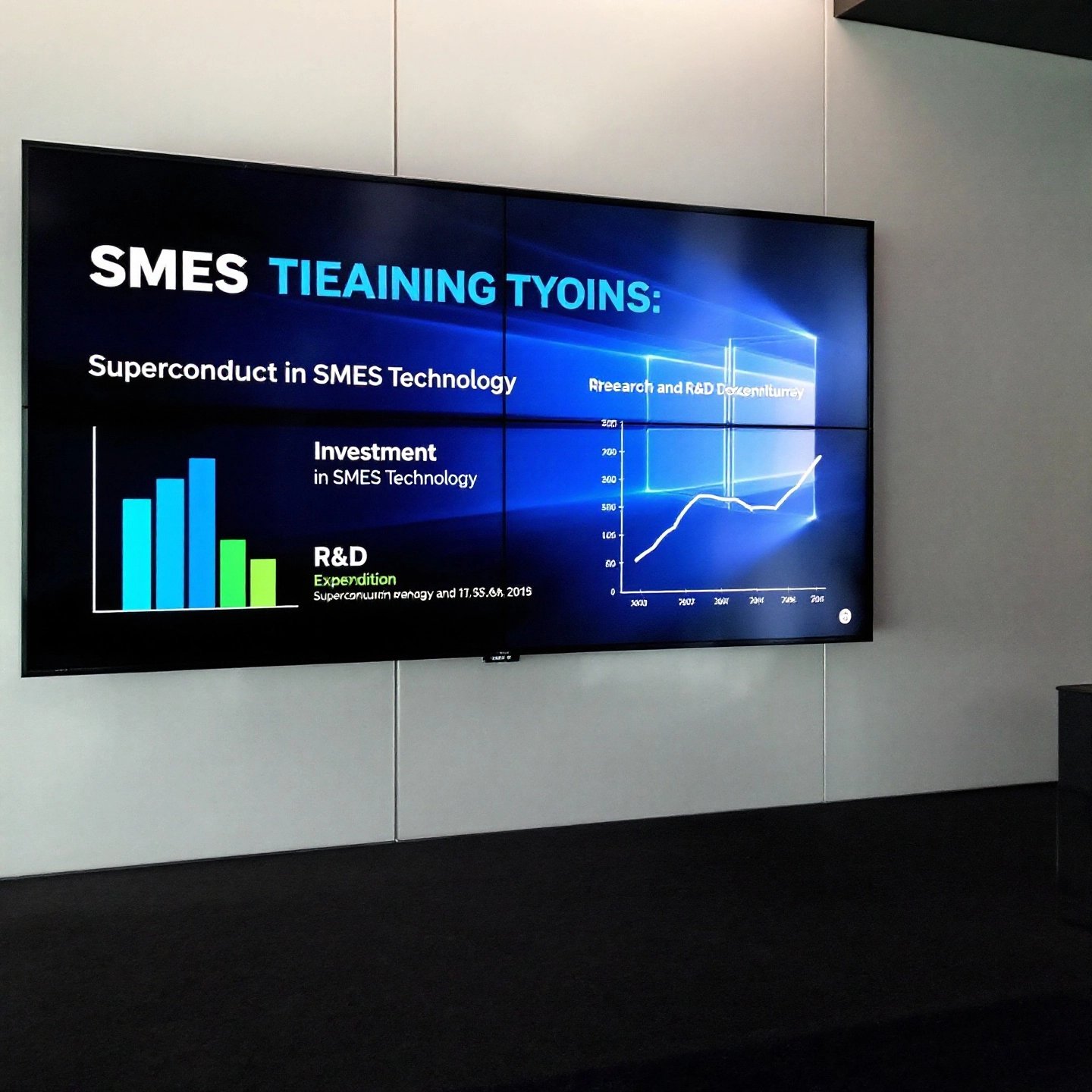
Market Trends and Industry Documentation
The landscape of superconducting magnetic energy storage (SMES) is evolving rapidly, with significant advancements in technology and increasing interest from various sectors. As the demand for efficient and sustainable energy solutions grows, the superconducting magnetic energy storage market is positioned to play a pivotal role in modern energy management.
Currently, the market is experiencing a surge in investment and research, driven by the need for reliable energy storage systems that can support renewable energy integration. According to a report by Fortune Business Insights, the global SMES market is expected to expand significantly, fueled by the increasing demand for power and the transition towards cleaner energy sources. The report highlights that SMES systems can effectively handle load fluctuations and frequency changes, making them ideal for stabilizing power grids.
In terms of segmentation, the market can be divided into low-temperature and high-temperature superconducting systems. Low-temperature systems currently dominate the market due to their operational safety and efficiency. However, high-temperature superconductors are also gaining traction, particularly in applications where cost and performance are critical factors.
Academic resources, such as the MDPI journal on Magnetochemistry, provide valuable insights into the latest research developments in SMES technology. These resources often feature studies on material improvements, structural optimizations, and novel applications, contributing to a deeper understanding of the technology’s potential and challenges.
Moreover, organizations like Renewable Energy Nexus are at the forefront of promoting sustainable energy solutions. They offer a wealth of information and resources on integrating SMES systems with renewable energy technologies. Exploring their offerings can provide further insights into how SMES can enhance energy efficiency and sustainability in various applications.
In summary, the superconducting magnetic energy storage market is on an upward trajectory, supported by technological advancements and growing demand for efficient energy management solutions. As we continue to explore this field, it’s essential to stay informed about the latest trends and research that will shape the future of energy storage.
Cost Factors and Real-World Applications
When considering the implementation of superconducting magnetic energy storage (SMES) systems, understanding the associated costs and their real-world applications is crucial. While SMES technology offers remarkable efficiency and rapid energy delivery, the initial investment can be a significant factor for many organizations.
The cost of SMES systems primarily stems from several components, including the superconducting materials, the power conditioning systems, and the cryogenic cooling infrastructure needed to maintain superconductivity. High-temperature superconductors (HTS), despite their potential for reduced refrigeration costs, can be more expensive than their low-temperature counterparts due to the materials and manufacturing processes involved. For instance, the cost of HTS coils can be two to four times higher than low-temperature superconductors (LTS) when considering the required conductor lengths and structural materials (source).
However, the operational efficiency of SMES systems—often exceeding 95%—can lead to significant long-term savings, particularly in applications that require frequent cycling and rapid response. For example, industries that experience frequent power fluctuations, such as semiconductor manufacturing or renewable energy providers, can benefit from the stabilization capabilities of SMES, reducing downtime and improving overall productivity.
In terms of applications, SMES systems are increasingly being utilized across various sectors. They can serve as a buffer for renewable energy sources, storing excess energy generated during peak production times and releasing it during periods of high demand. This capability is particularly valuable for wind and solar power, where generation can be intermittent. Additionally, SMES can enhance grid reliability by providing spinning reserves and voltage support, which are essential for maintaining power quality and stability.
Integrating SMES with solutions from organizations like Renewable Energy Nexus further enhances its applicability. By combining SMES with renewable energy technologies, businesses can create comprehensive energy solutions that not only reduce carbon footprints but also optimize energy usage and costs. For instance, utilizing SMES in conjunction with solar panels can ensure that energy generated during sunny periods is stored and readily available during peak usage times.
In summary, while the initial costs of superconducting magnetic energy storage systems may be high, the long-term benefits and diverse applications across various industries make them a compelling option for modern energy management. As we continue to explore the landscape of energy storage, understanding these cost factors and applications will be vital for stakeholders looking to implement sustainable energy solutions.
Conclusion
As we conclude our exploration of magnetic energy storage, it becomes clear that this technology holds immense potential in shaping the future of energy solutions. The integration of superconducting magnetic energy storage (SMES) systems into modern power infrastructures offers a pathway toward greater efficiency and sustainability. By harnessing the unique properties of superconductors, SMES can store energy with minimal losses, providing quick and reliable power delivery when needed.
The advantages of SMES—such as high efficiency, rapid response times, and long operational lifespans—position it as a vital component in the transition to renewable energy sources. These systems not only support grid stability by balancing supply and demand but also facilitate the integration of intermittent energy sources like wind and solar power. As energy systems evolve, the role of SMES in enhancing grid resilience and reliability will be increasingly significant.
However, challenges remain, including the high initial costs and the complexity of maintaining superconducting environments. Continued research and innovation in superconducting materials and system designs are essential to overcome these obstacles and unlock the full potential of magnetic energy storage.
In closing, the journey into the world of magnetic energy storage is just beginning. Stakeholders in the energy sector, including researchers, engineers, and policymakers, are encouraged to delve deeper into this field. By fostering collaboration and investment in SMES and related technologies, we can pave the way for a more sustainable and efficient energy future. Let’s continue to explore the possibilities that lie ahead in the realm of magnetic energy storage.
Frequently Asked Questions about Magnetic Energy Storage
1. What is a magnetic energy storage system?
A magnetic energy storage system, particularly superconducting magnetic energy storage (SMES), stores energy in a magnetic field generated by a superconducting coil, allowing for efficient energy retention and rapid discharge.
2. Can magnetic energy be stored?
Yes, magnetic energy can be stored using superconducting materials that allow electric current to flow without resistance, creating a magnetic field that retains energy indefinitely.
3. What are the challenges in magnetic energy storage?
Key challenges include high initial costs of superconducting materials, the complexity of cooling systems required to maintain superconductivity, and the need for sophisticated infrastructure.
4. What are the advantages of superconducting magnetic energy storage?
Advantages include high efficiency (over 95%), rapid response times for energy delivery, long operational lifespans, and alignment with sustainability goals by supporting renewable energy integration.
5. How does superconducting magnetic energy storage work?
SMES works by converting AC power to DC, which flows through a superconducting coil, generating a magnetic field that stores energy without resistive losses, as long as the superconducting state is maintained.


